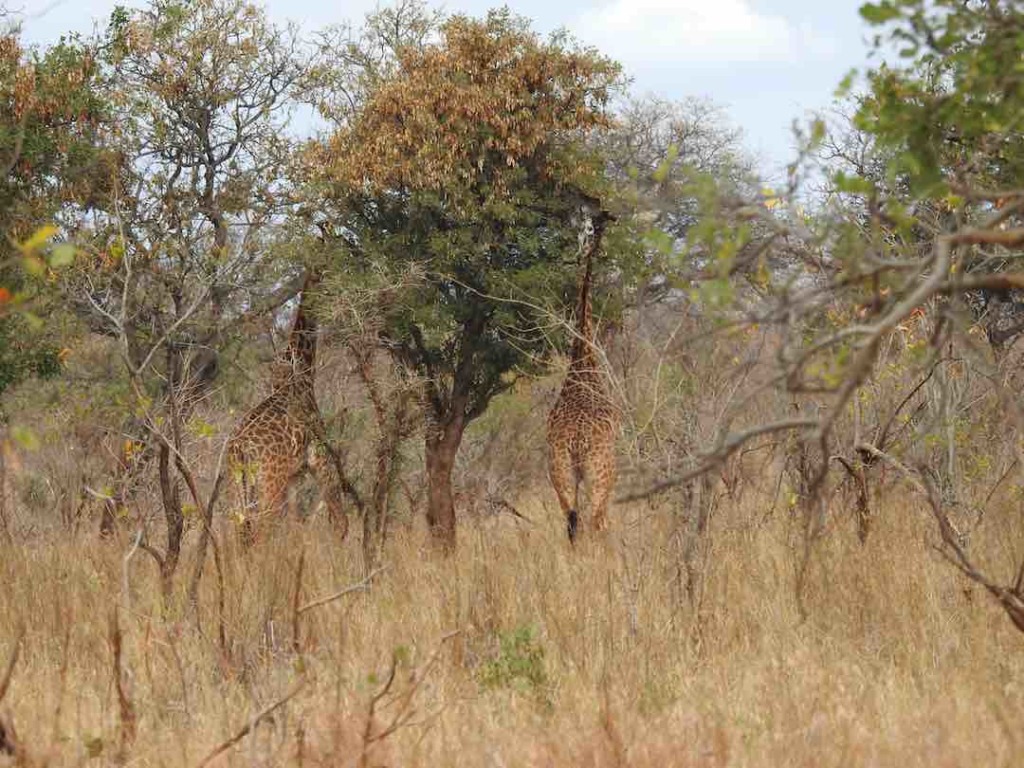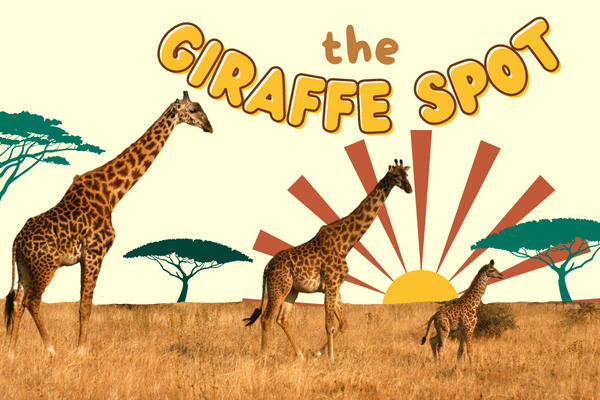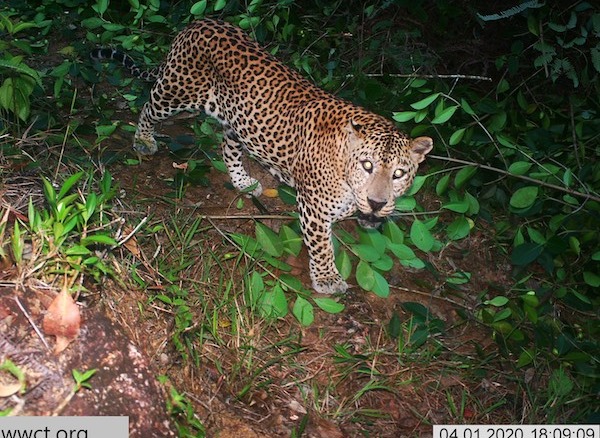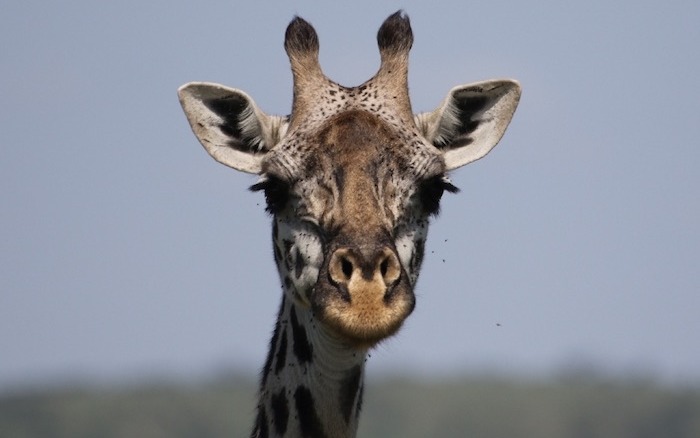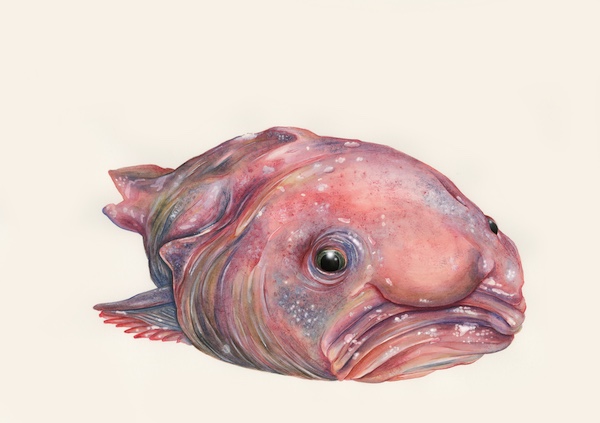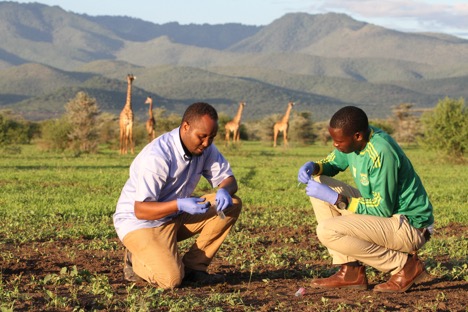Doug Beetle chats with:
Ecologist
Matana Levi

Matana Levi. Supplied: Matana Levi
Matana Levi, MSc, is an ecologist who is studying giraffes in Tanzania’s Tarangire-Manyara Ecosystem.
Find out why it’s important to know what giraffes eat!
Doug Beetle: How did you become interested in studying giraffes?
Matana: My love for giraffes started a long time ago in primary (elementary) school when I was seeing animal pictures in leaflets and textbooks. I started studying giraffes soon after I enrolled at the Nelson Mandela African Institution of Science in 2018 (master’s degree program).
Doug Beetle: And how did you become interested in being a scientist?
Matana: My scores for science subjects were high in primary (elementary) school and I became even more interested in being a scientist while in secondary (high) school. I focused on physics, chemistry, and biology subjects.
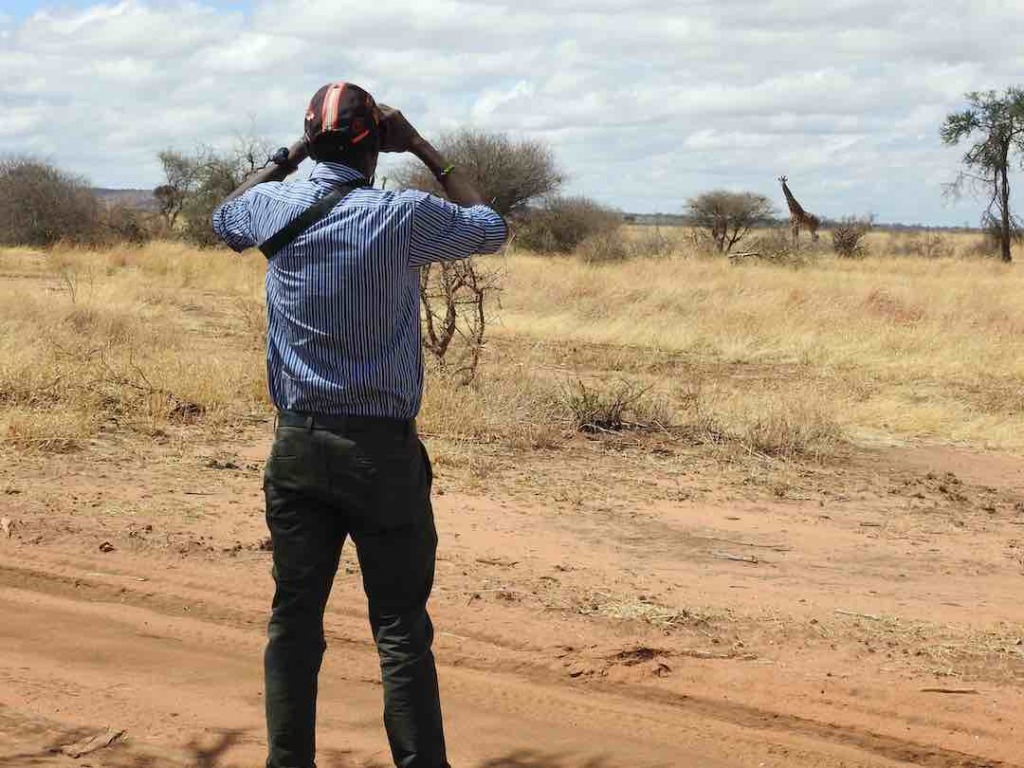
Doug Beetle: You studied giraffes in the Tarangire-Manyara Ecosystem, which is in Tanzania. What was the scientific question that you were asking?
Matana: I wanted to find out what plant species giraffes eat in the Tarangire-Manyara Ecosystem. I also wanted to find out which species of plant do giraffes prefer and avoid, out of all the plants they feed on.
Doug Beetle: Why are these questions important to understanding giraffes?
Matana: All living organisms, including giraffes, need a sufficient amount of food to survive and reproduce (have babies). Understanding the types of plant species preferred by giraffes for feeding can help ensure that we protect habitats that contain these preferred plants. This can help guarantee a good supply of food for giraffes.
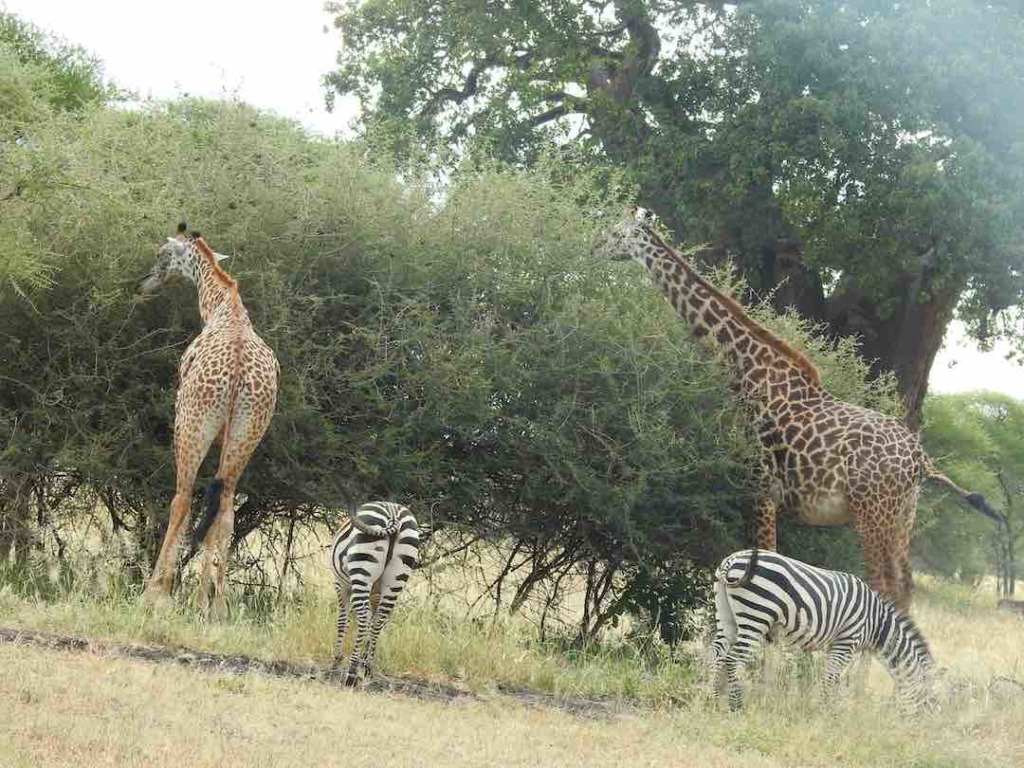
Doug Beetle: Tell us how you determined which plant species giraffes ate, preferred, and avoided.
Matana: We drove in a car around the Tarangire-Manyara ecosystem. When we spotted a herd of giraffes, we stayed with the herd for two hours, watching them with binoculars. We identified and recorded the plant species eaten by every individual giraffe. The amount of different plants eaten was compared to the available food resource to determine which plants the giraffes preferred and avoided. Plant species were preferred if used more than their availability and avoided when used less than their availability.
We found that giraffes forage (feed) on a wide variety of woody plant species. But only a handful of plant species make up the bulk of the giraffes’ diet. The habitats that contain these preferred plants need to be protected to meet the food requirements for giraffe survival.
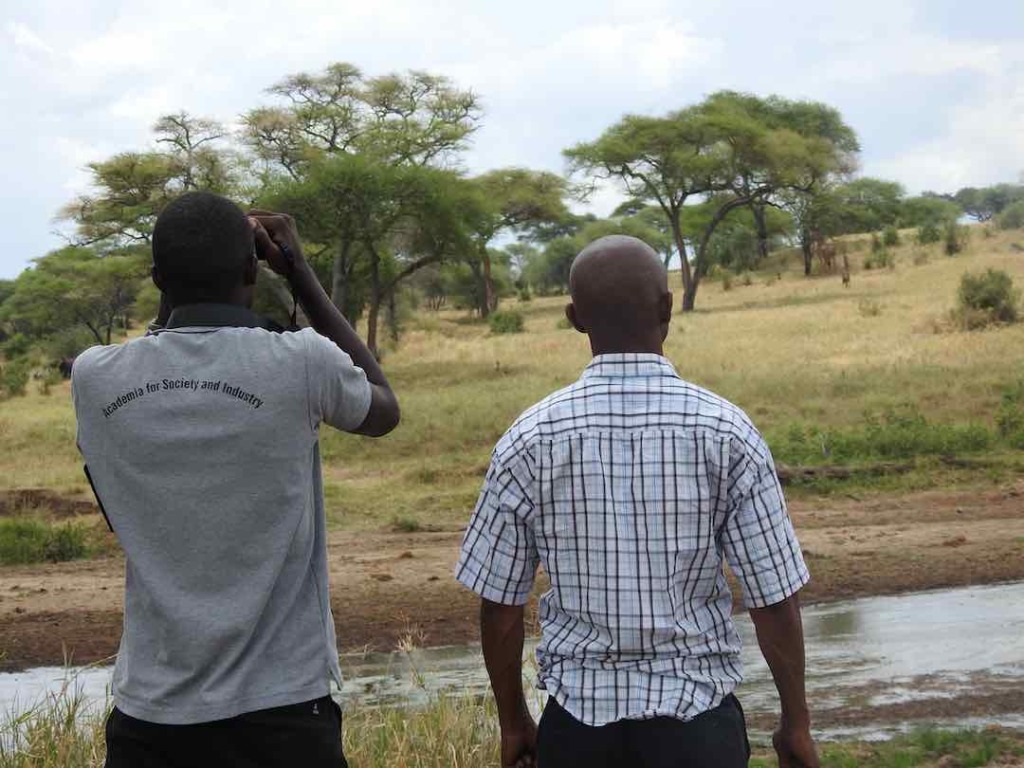
Doug Beetle: What is the next question you’d like to answer?
Matana: We’d like to know what is the nutritional content of the main giraffe food species.
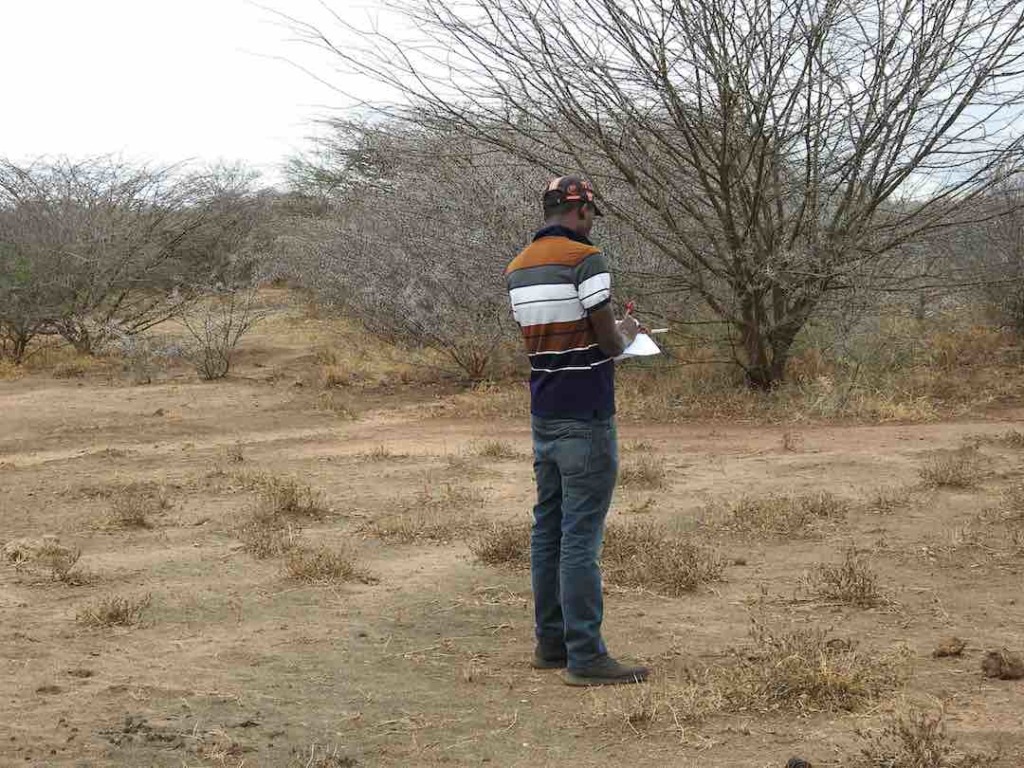
Doug Beetle: What advice do you have for kids interested in being a scientist like you?
Matana: Passion and interest can help you succeed in your chosen career. Do not give up on the topic or subject of your choice even if other people are against it. Try to learn as many basic concepts as possible at an early age – they can be powerful weapons.
